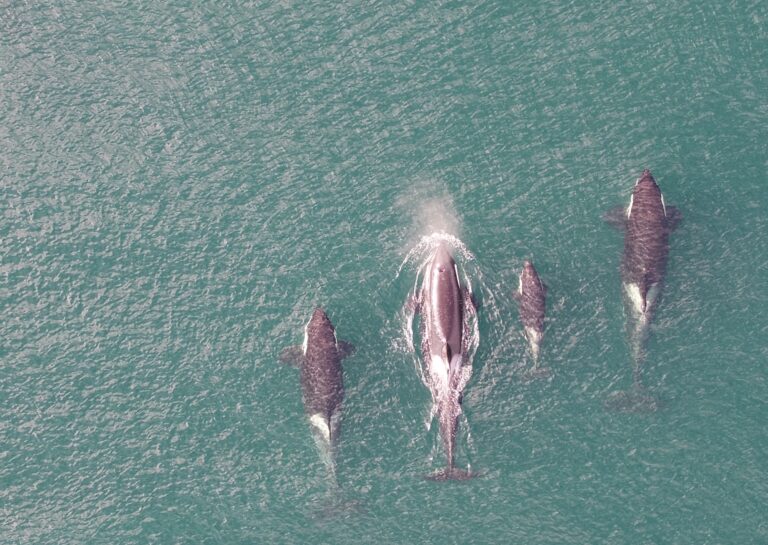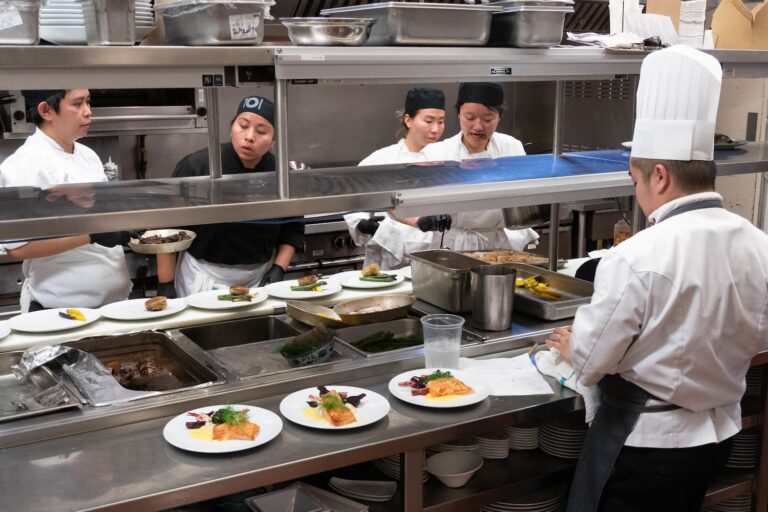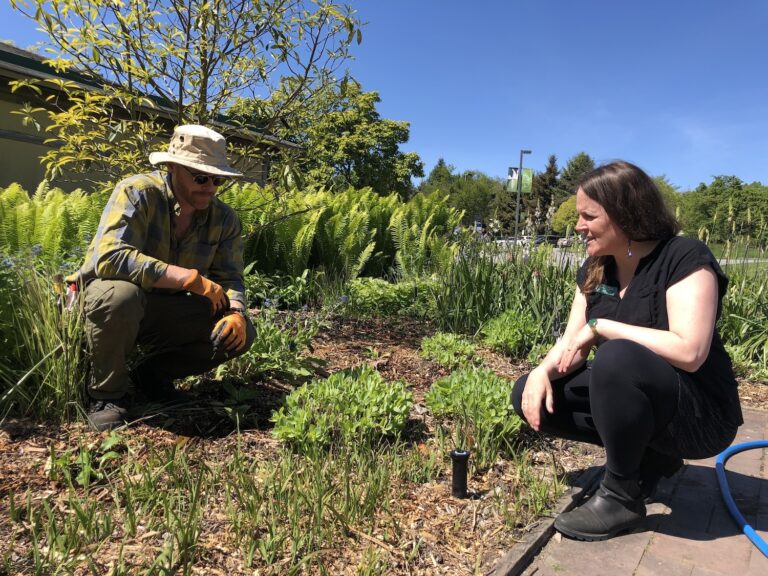High society wants its fine foods to also be ethical
Truffles and caviar have traditionally been delicacies of the upper class, but a new study by UBC sociology professor Emily Huddart Kennedy and colleagues from the University of Toronto finds that free-range and fair-trade foods are becoming increasingly important among the elite. We asked Kennedy about the changing ways in which people signal status through…
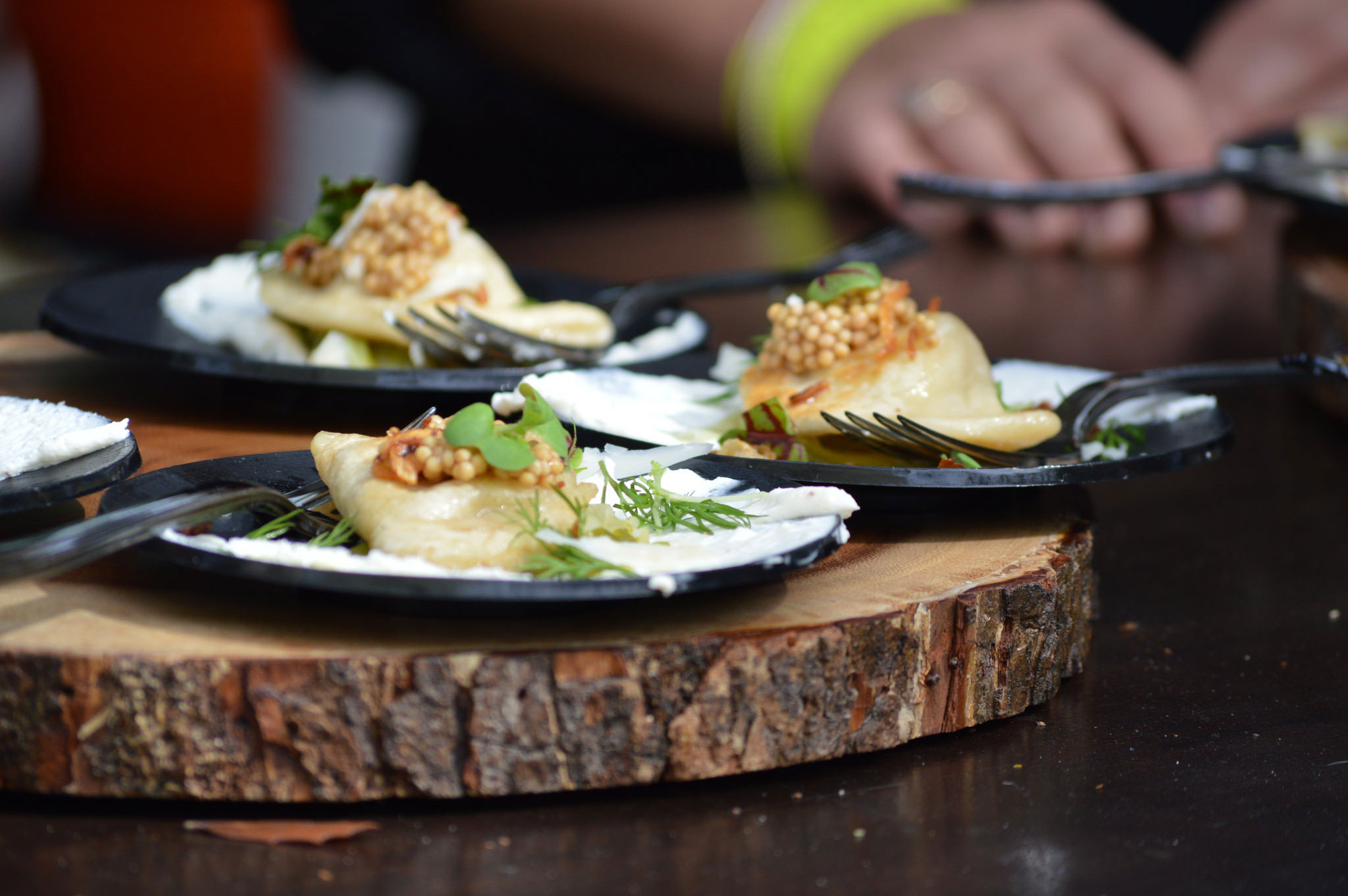
Credit: Lauren Topor/Flickr
Truffles and caviar have traditionally been delicacies of the upper class, but a new study by UBC sociology professor Emily Huddart Kennedy and colleagues from the University of Toronto finds that free-range and fair-trade foods are becoming increasingly important among the elite. We asked Kennedy about the changing ways in which people signal status through food.
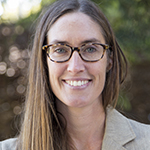
What was the aim of your study?
EHK: The sociology of taste looks at how people generate taste for consumer goods. There’s been a general understanding for over 40 years that high-status people enjoy sophisticated things, like opera or French cuisine. Researchers have described that as aesthetic taste. I’m an environmental sociologist, and looking at the world around me—particularly in Vancouver but also in other places—I’ve seen a new sort of “green” cachet. We have a whole bunch of products where people will pay quite a bit more for the environmental benefits. So basically we were trying to find out whether the elite among us are interested in ethical foods.
How did you conduct the study?
EHK: My colleague Josée Johnston from the University of Toronto and her grad students stood outside grocery stores in Toronto—different types of grocery stores, at different times of day, on different days of the week—and asked more than 800 food consumers to fill out a survey.
How did you group those shoppers based on their answers?
EHK: The foodies are the people who love cooking, who know about the hottest new restaurants, who like exotic foods. The ethical eaters are trying to buy local, trying to buy organic, and they really feel like they can make an impact on the environment through their food choices. Then you have a group that considers themselves both foodies and ethical eaters, and a group who consider themselves neither. Ethical foodie and ethical were the most dominant groups, followed by “neither.” It was a bit more rare to be a pure foodie.
How was people’s socioeconomic status reflected in those four groups?
EHK: Status is complicated to measure. We used a fairly traditional method of combining income, education and occupation. We expected to see foodies come out as a really high-status category, just because that’s what research has shown so far, but we were surprised that the highest status consumers, overwhelmingly, aren’t just foodies but people who are being foodies in an ethical way. Roughly a quarter of the foodies earn over $100,000, but over 40 per cent of the “ethical foodies” do. And the same sort of patterns apply for occupation and education.
What does that tell you?
EHK: Our culture’s understanding of what counts as elite taste has really overlooked this ethical element. And it’s not just in food. Look at architecture. Increasingly, we want architecture to be using sustainable resources that are good for the environment. With clothing, there are more and more options where really expensive brands are reusing material or sourcing it from ethical manufacturers. So if you’re saying, “Oh, I should go to this new hipster food truck or this new restaurant that opened up,” that’s not even enough anymore to signal that you’re high-status. Now, it also has to have this additional layer of being good for people and good for the planet. Foie gras might be great, but if it’s local, heritage-breed, pasture-raised foie gras from happy, free-range geese, then that’s what high-status looks like now.
